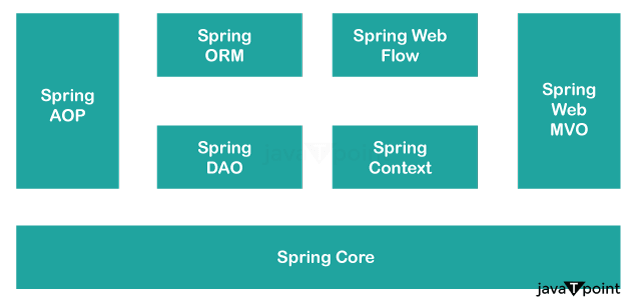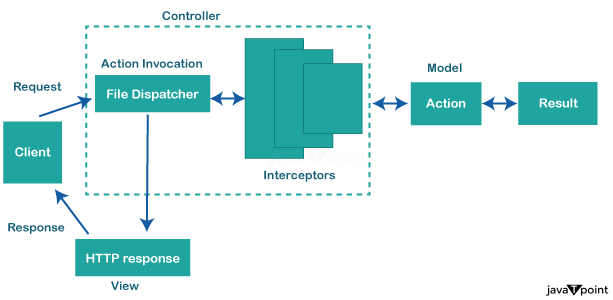Spring vs. Struts in JavaSpring and Struts are both popular Java frameworks used for developing web applications. Spring is a lightweight and flexible framework that provides a comprehensive solution for building enterprise-level applications. It offers dependency injection, aspect-oriented programming, and integration with Hibernate and JPA. Spring promotes a modular and loosely coupled architecture, making testing and maintaining applications easy. A Model-View-Controller (MVC) framework called Struts offers a structured approach for developing web applications. It divides the issues related to data, presentation, and control concerns, which makes it simpler to create and manage applications. Struts offers features like form handling, validation, and internationalization. It provides a robust and scalable framework for developing large-scale applications. Spring FrameworkThe Spring Framework is an open-source inversion of control container and application framework for the Java platform. It can be used to build any type of Java application, but it also includes extensions for building web applications on the Java EE platform. The Spring Framework provides a programming and configuration architecture that makes it easier to design and manage contemporary Java-based corporate applications. The framework is designed to be non-intrusive and extensible, and it can be used with various programming languages and application servers. Some of the key features of the Spring Framework include:
Spring Framework Architecture
Struts framework:Struts is a well-known Java framework utilized in web application development. It follows the Model-View-Controller (MVC) architectural pattern, which involves breaking down an application into three key components: the model, the view, and the controller. Struts provide a structured approach to building web applications, making managing and maintaining large-scale projects easier. It offers features such as form handling, validation, and internationalization, essential for creating robust and user-friendly applications. Struts provide several features that make it easier to develop web applications, including:
Struts Framework Architecture
Difference between Spring and Struts architecture
Next TopicSwitch Case in Java 12
|
 For Videos Join Our Youtube Channel: Join Now
For Videos Join Our Youtube Channel: Join Now
Feedback
- Send your Feedback to [email protected]
Help Others, Please Share










